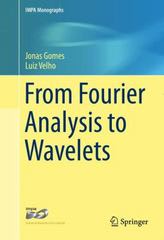Question
The Environmental Protection Agency (EPA) has determined that safe drinking water should contain at most 1.3 mg/liter of copper, on average. A water supply company
The Environmental Protection Agency (EPA) has determined that safe drinking water should contain at most 1.3 mg/liter of copper, on average. A water supply company is testing water from a new source and collects water in small bottles at each of 30 randomly selected locations. The company performs a test at the =0.05 level of0::=1.3>1.3
where is the true mean copper content of the water from the new source.
Which of the following is true regarding Type I and Type II errors in this setting?
A. A Type II error would be not finding convincing evidence that the true mean copper content of the water from the new source is greater than 1.3 mg/liter when it really is.
B. The probability of making a Type I error would be reduced if a larger level was chosen.
C. A Type II error would be not finding convincing evidence that the true mean copper content of the water from the new source is greater than 1.3 mg/liter when it really isn't.
D. A Type I error would be finding convincing evidence that the mean copper content of the water from the new source is greater than 1.3 mg/liter when it really is.
Step by Step Solution
There are 3 Steps involved in it
Step: 1

Get Instant Access to Expert-Tailored Solutions
See step-by-step solutions with expert insights and AI powered tools for academic success
Step: 2

Step: 3

Ace Your Homework with AI
Get the answers you need in no time with our AI-driven, step-by-step assistance
Get Started


